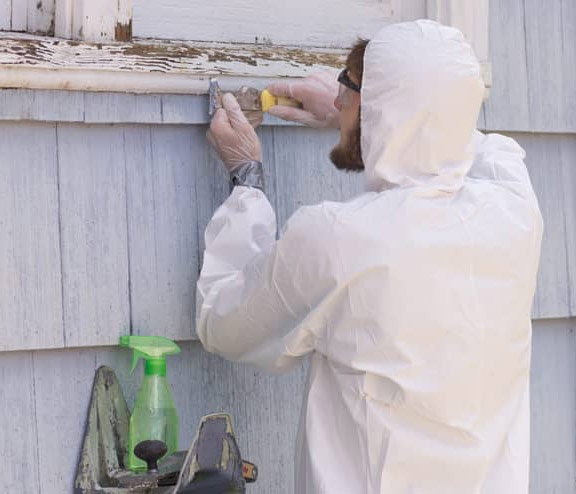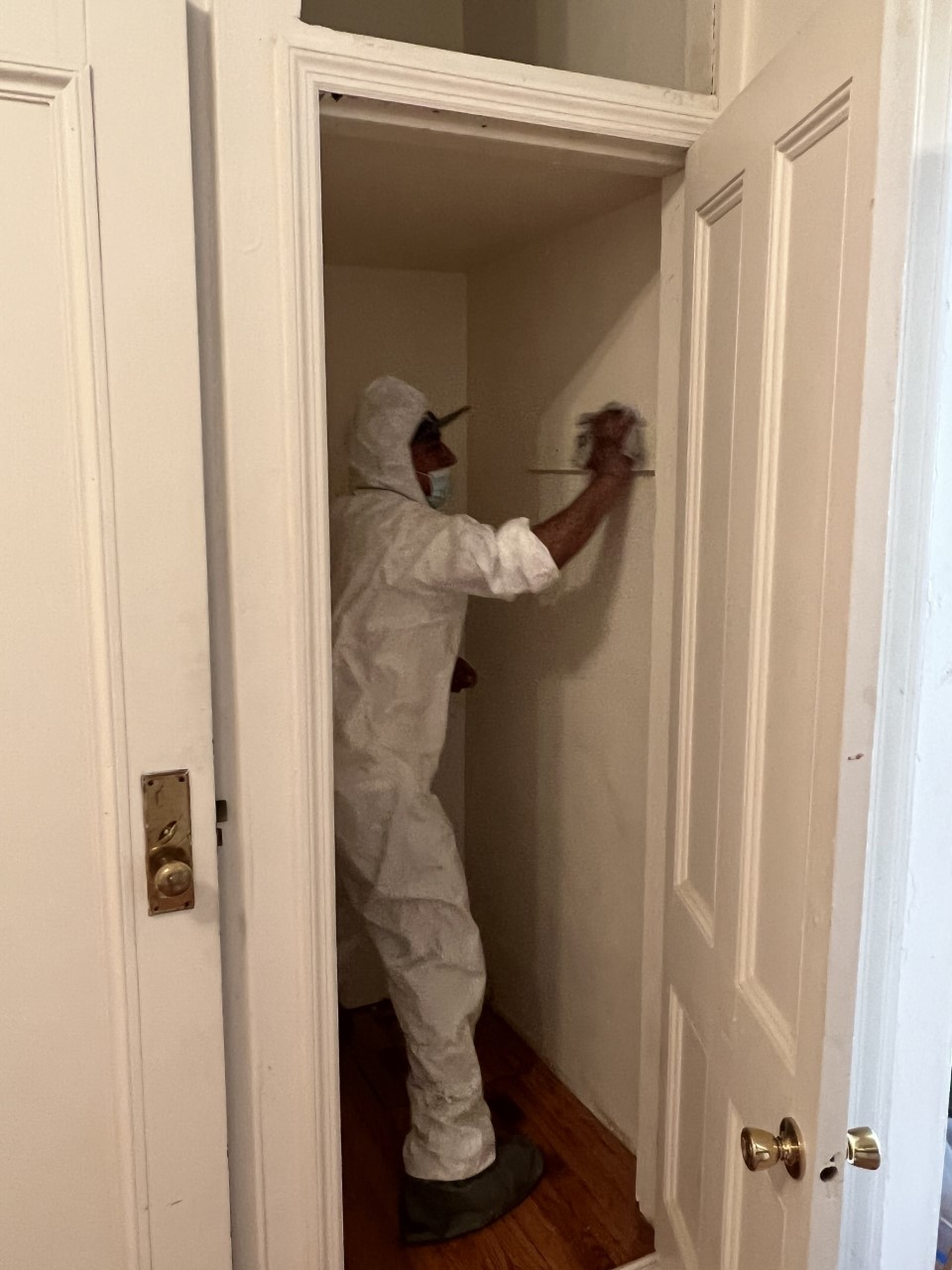Expert Lead Paint Removal Company-- Offering All NYC Boroughs
Expert Lead Paint Removal Company-- Offering All NYC Boroughs
Blog Article
Comprehensive Guide on Effective Lead Infraction Elimination Strategies
In the world of ecological safety, attending to lead offenses demands a meticulous and organized strategy. This comprehensive guide starts by highlighting the critical initial actions of recognizing lead dangers through innovative assessment and testing methods. Techniques such as XRF evaluation and dust wipe sampling are vital in determining contamination sources. Furthermore, the overview clarifies on the significance of sticking to stringent safety and security protocols throughout the removal procedure, consisting of making use of proper PPE and separating affected locations (Lead Paint Removal Company). The succeeding sections promise to talk about post-removal verification and precautionary methods, making certain long-term safety and compliance. Discover the intricate details that make these techniques not just effective yet vital.
Recognizing Lead Risks
Identifying lead hazards is a crucial first action in reducing the risks connected with lead direct exposure. Lead, a poisonous steel, can be existing in different environmental tools, including paint, soil, water, and dirt.
The preliminary phase in recognizing lead threats entails recognizing typical lead sources within the constructed atmosphere. Structures constructed prior to 1978 are especially vulnerable as a result of the common use of lead-based paint during that period. Additionally, soil contamination can occur from weakening exterior paint, industrial exhausts, or historic use of leaded fuel.
An additional significant source is lead piping and pipes components, which can leach lead into alcohol consumption water. Customer goods such as playthings, porcelains, and imported products may also have hazardous lead degrees. Notably, job-related environments and leisure activities including lead can track impurities right into homes.
Assessment and Screening
When resolving lead threats, effective assessment and testing are critical. This critical action ensures the identification and quantification of lead presence, thus guiding subsequent remediation initiatives. Preliminary evaluation commonly includes an aesthetic examination to recognize prospective lead sources, such as weakening paint or infected dirt. This is enhanced by more rigorous screening methods to establish the level of contamination.

Dirt clean sampling is an additional vital method, particularly in property settings. By collecting examples from floors, windowsills, and various other surface areas, this method provides understandings into possible direct exposure risks. Soil testing around structure borders is necessary to spot lead contamination that might present risks, particularly to children.
Safe Elimination Treatments
Upon finishing complete analysis and screening, carrying out risk-free elimination treatments is the next important phase in resolving lead hazards. This procedure makes sure that lead-contaminated materials are efficiently and securely eradicated, minimizing danger to both employees and homeowners. The first action involves isolating the affected location utilizing plastic bed linen and correct sealing methods to protect against the spread of lead dust.
Employees must don appropriate personal protective devices (PPE), consisting of respirators, gloves, and non reusable coveralls, to minimize direct exposure. Utilizing specialized tools and damp methods, such as damp fining sand or utilizing HEPA-filtered vacuum cleaners, minimizes the diffusion of lead bits. It is essential to prevent dry fining sand or abrasive blasting, as these techniques can generate harmful lead dirt.
Garbage disposal is one more crucial component; all contaminated materials should be safely nabbed and labeled according to EPA and local policies. Additionally, detailed cleansing of the workplace with HEPA vacuums and wet cleaning makes sure you could try here the elimination of residual lead bits.
Post-Removal Verification

Confirmation of effective lead removal, recognized as post-removal verification, is essential to make certain the safety and security and habitability of the remediated location. This process involves a series of careful evaluations and tests created to identify any kind of residual lead particles that might position health and wellness dangers. The first action usually consists of an aesthetic assessment to examine the completion and high quality of the remediation job. This assessment makes sure that all known sources of lead have been attended to and that no visible signs of contamination continue to be.
Adhering to the visual examination, environmental sampling is carried out. This entails accumulating dust, soil, and occasionally water samples from the remediated location. Certified labs evaluate these samples to measure lead degrees, guaranteeing they drop below the safety and security thresholds established by regulatory bodies such as the Epa (EPA)
In addition, air high quality testing may be performed to discover air-borne lead fragments, particularly in cases where substantial lead-based paint elimination or Discover More Here renovation has actually taken place. The results of these examinations supply quantitative information confirming that the lead levels are within permissible limits.
Ultimately, post-removal verification serves as a critical checkpoint, confirming the efficiency of the lead abatement initiatives and securing the wellness of occupants and site visitors.
Safety Nets and Upkeep

A key preventive procedure includes making use of lead-safe accredited contractors for any kind of renovation, fixing, or painting activities. These professionals are learnt methods that minimize lead dirt and debris. Furthermore, keeping coloured surfaces to stay clear of damaging or peeling is essential, as weakening paint can release lead particles right into the environment.
Educational efforts targeting homeowner and lessees relating to the dangers of lead and the relevance of reporting any prospective dangers can better read enhance preventive efforts. Regular cleaning using HEPA vacuums and damp mopping strategies can significantly reduce lead dirt build-up.
Conclusion
In summary, reliable lead offense elimination demands a precise technique incorporating comprehensive analysis, exact testing, and rigorous elimination procedures. Continuous examinations and maintenance are crucial to minimize future lead hazards, therefore protecting public wellness and guaranteeing continual compliance with governing demands.
Report this page